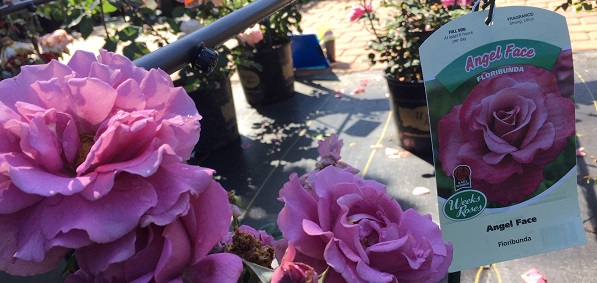Annuals and Perennials: Remove spent blooms on annuals such as Zinnias, snipping the bloom back to just above the first set of leaves. This process is known as “deadheading”, and if done as soon as blooms begin to fade will encourage repeat blooming.

Deadhead Geraniums by bending the flower stalk away from the stem it is growing on. If you have your Geraniums in the sun, it is time to move them to afternoon shade. They will continue blooming all summer if given some shade, occasional pruning and monthly fertilizer. Some annuals do not require deadheading: impatiens, pentas, and wax leaf begonias have blooms that shrivel and fall off with no help from you! Petunias will need to be cut back and fertilized now before they start to decline. They will grow quickly and give more blooms for the summer if done now.
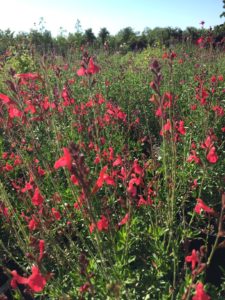
Perennials with long bloom spikes, such as some Salvia varieties, may need to be deadheaded to produce more blooms and become fuller. I usually “ponytail” the bloom stalks in my hand and cut back into the foliage a few inches so that the plant will become fuller and produce more blooms. Salvia greggii, Texas Betony, Henry Duelberg Salvia and Russian Sage would all benefit from a light shearing after blooms have spent.
Click HERE for pruning video.
Plant heat-tolerant perennials now. The availability is still good and there is time to establish them before the real heat hits! Plant Vinca late in the month, and annuals such as Angelonia and Penta now.
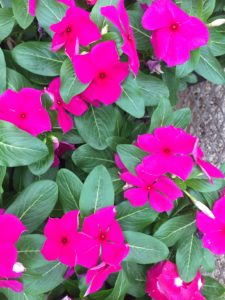

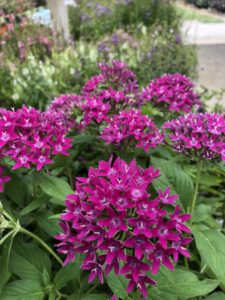
Fruit and Vegetables: Watering is the most important task in the garden now. Water deeply when you do water, and never allow the soil to get extremely dry. Many “ailments” of vegetables are actually from the soil drying out and the plant reacting to extreme heat or wind!
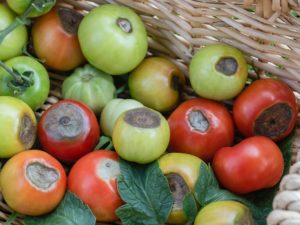
Blossom end rot of Tomatoes is most often caused by fluctuating soil moisture in our alkaline soil, and not calcium deficiency as occurs in acid soils. Dig down in the soil to see if it is still moist. If not, water deeply. 8”-10” deep in vegetable gardens is adequate. Established fruit trees and blackberries should have a thorough soaking (8”-10” deep) under the entire canopy, about once a week now.
Roses: Water roses regularly now. Use drip irrigation when possible, and avoid wetting the leaves to prevent disease. With hot weather appearing, twice a week soaking should be sufficient in most soils.
Lawns: If you haven’t done an irrigation audit yet, do it now, as the heat will begin to cause damage to areas not being covered by irrigation. Click HERE to learn how. Water deeply, to 4”-6”, when you do water. Avoid frequent, shallow watering, as this produces a shallow root system that will suffer in the heat of the summer. If you fertilized in March or April, you can fertilize again in late May.
MicroLife fertilizer is organic and will not burn. It is full of beneficial microorganisms and Mycorrhizal fungi that assist the grass roots in uptake of water and nutrients.
Trees and Shrubs: Water established trees and shrubs weekly. Remember that tree roots can grow one to one and a half times the height of the tree OUT from the tree! Water at least out to the drip line to a depth of 8”-10” minimum. Remember that shrub roots grow deeper than grass roots. If your shrubs are on a different zone from the lawn, be sure to water the shrubs more deeply. You can check the depth of water penetration by digging down after the irrigation has run.
REMEMBER: Do not rely on rain or irrigation to establish newly planted plants. Hand watering is essential for the first year on trees, about 3 months on shrubs, 6-8 weeks on perennials, and 3 weeks on annuals. Once the plants have rooted out into the bed, the irrigation can take over.
